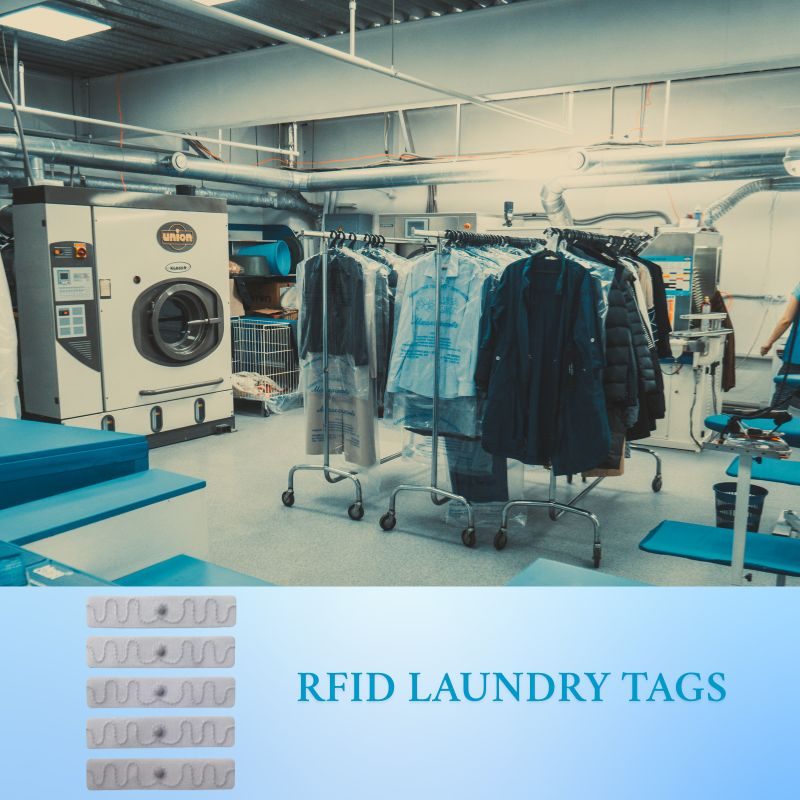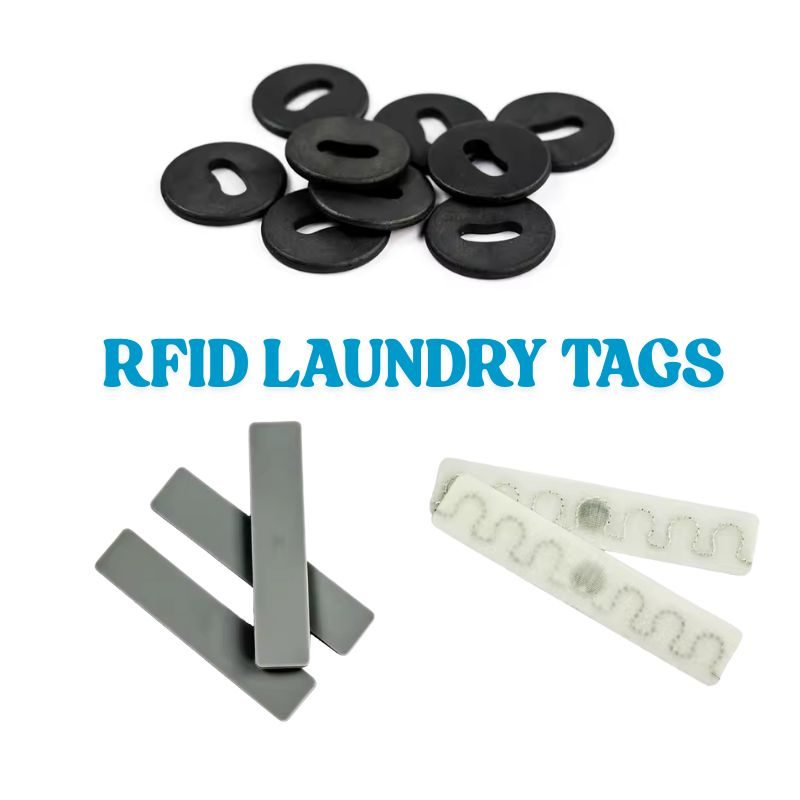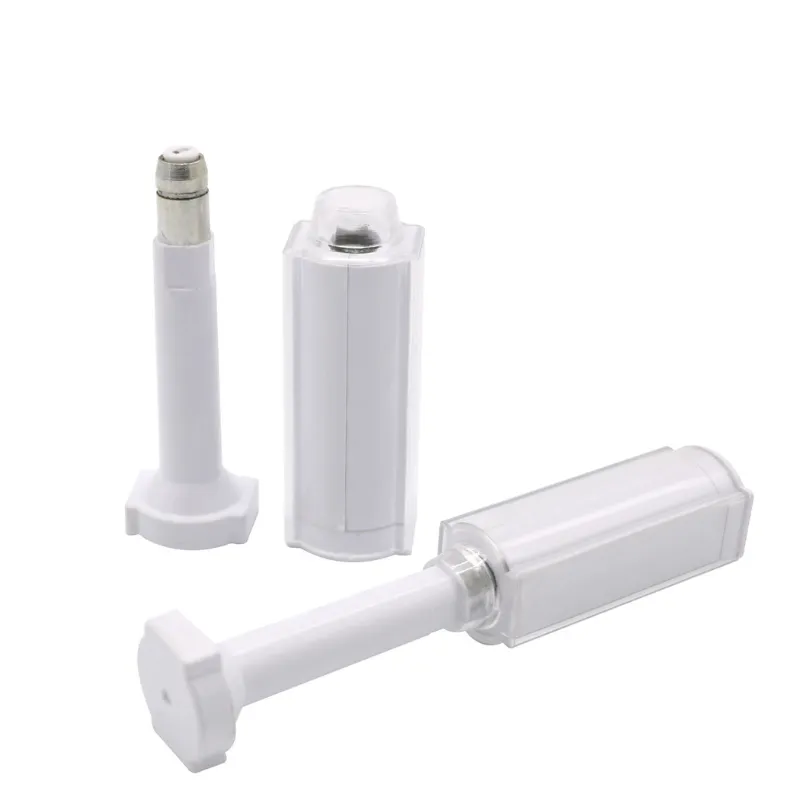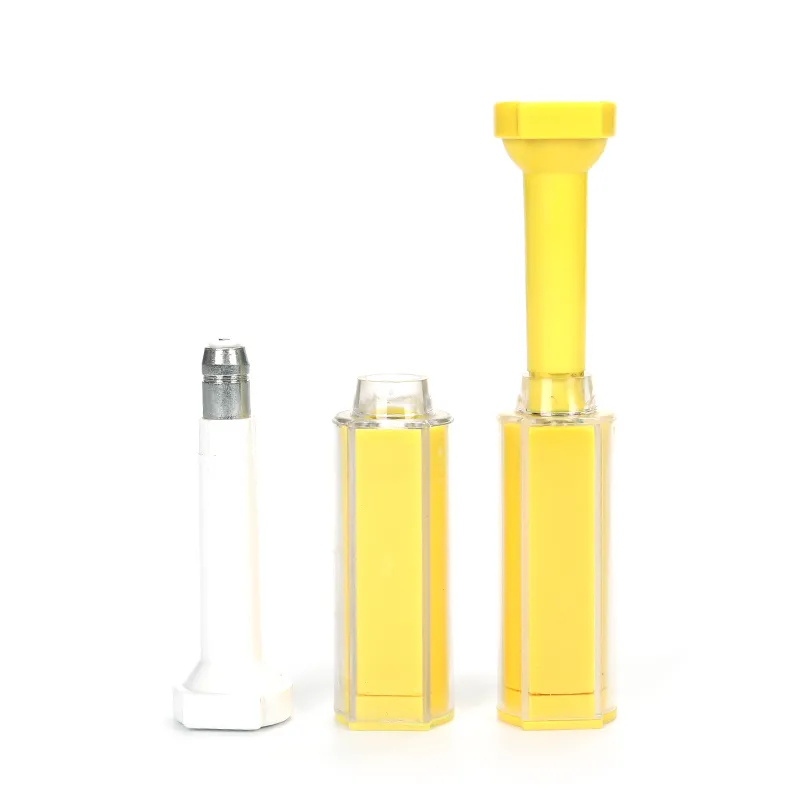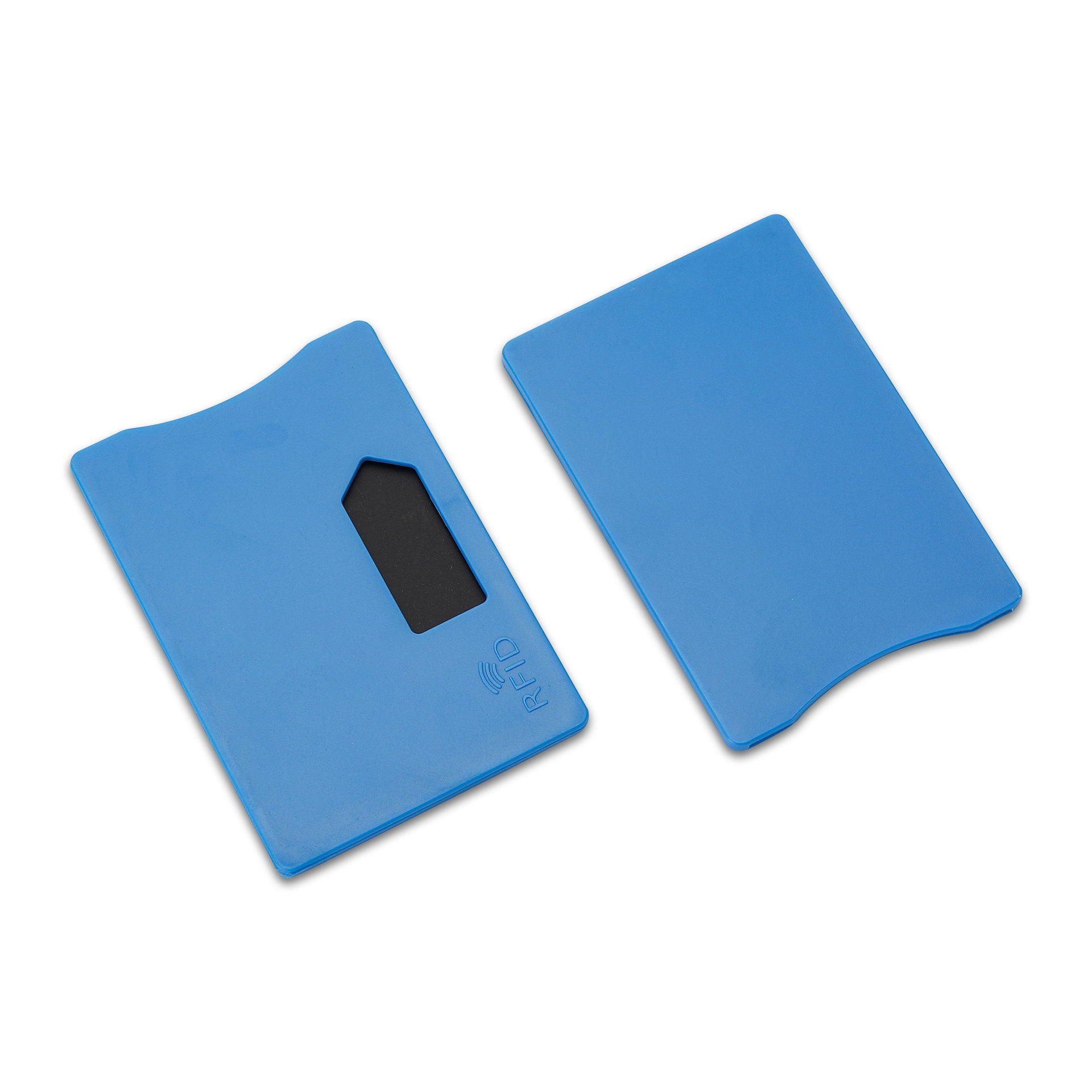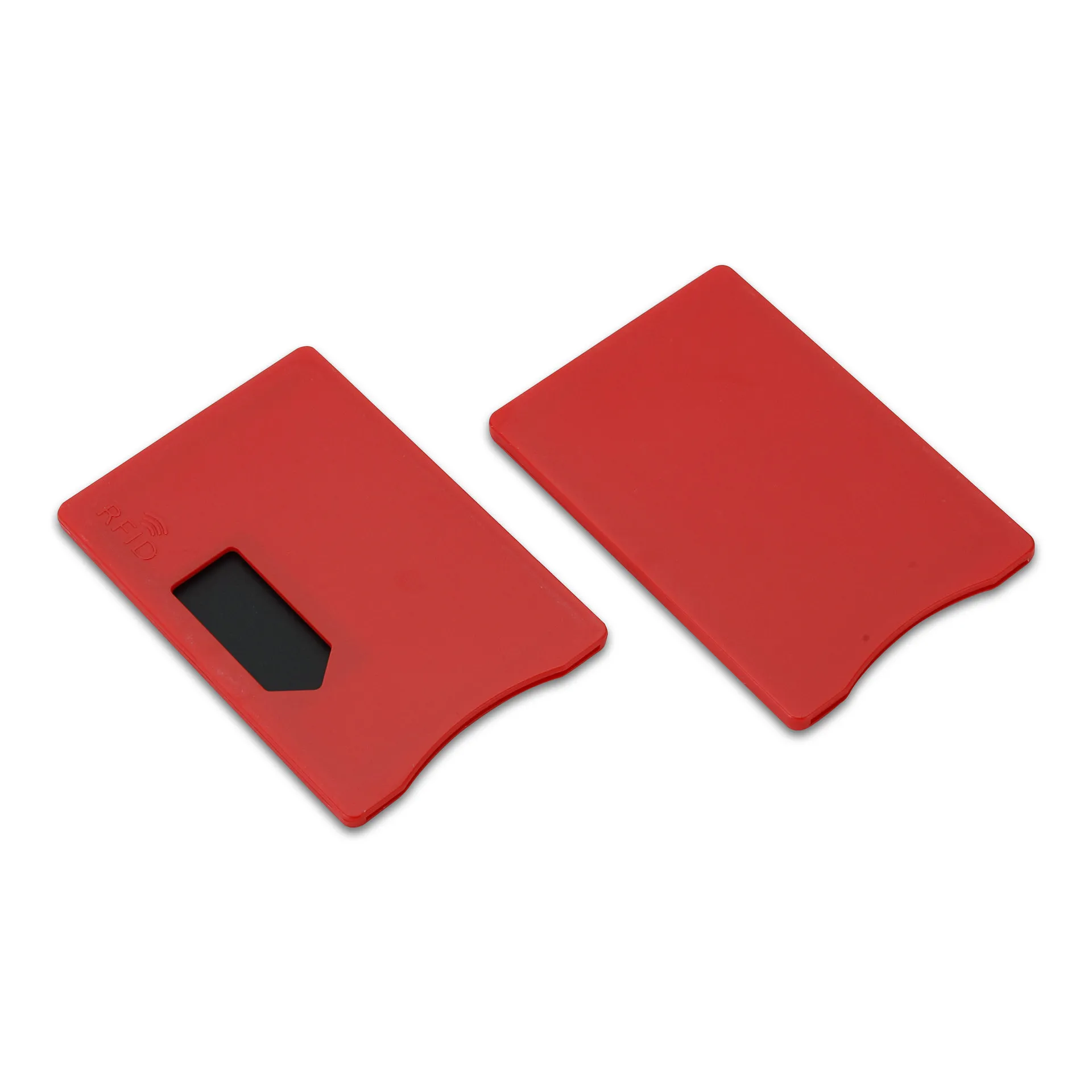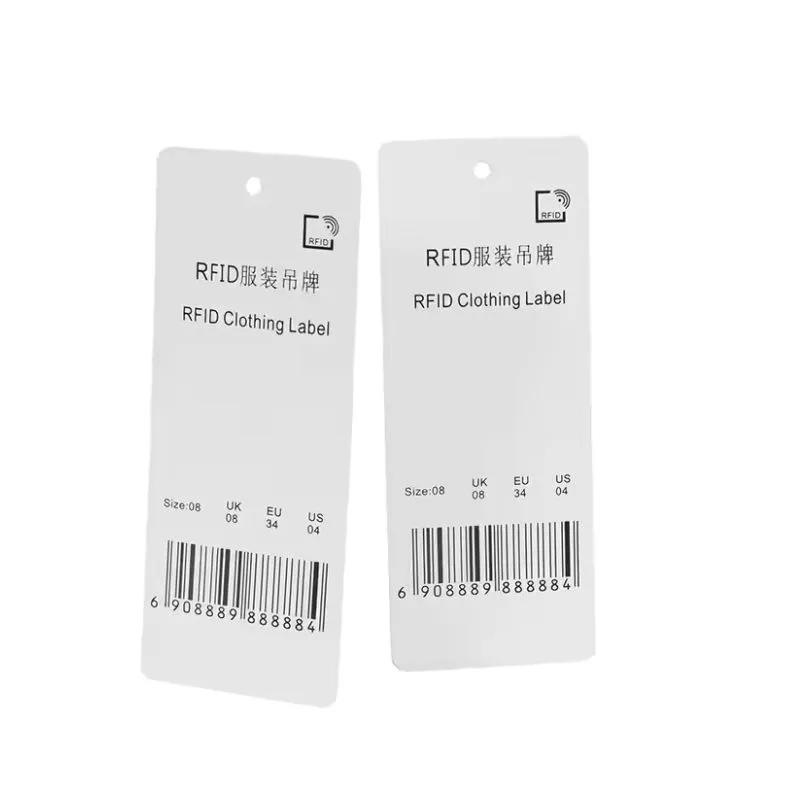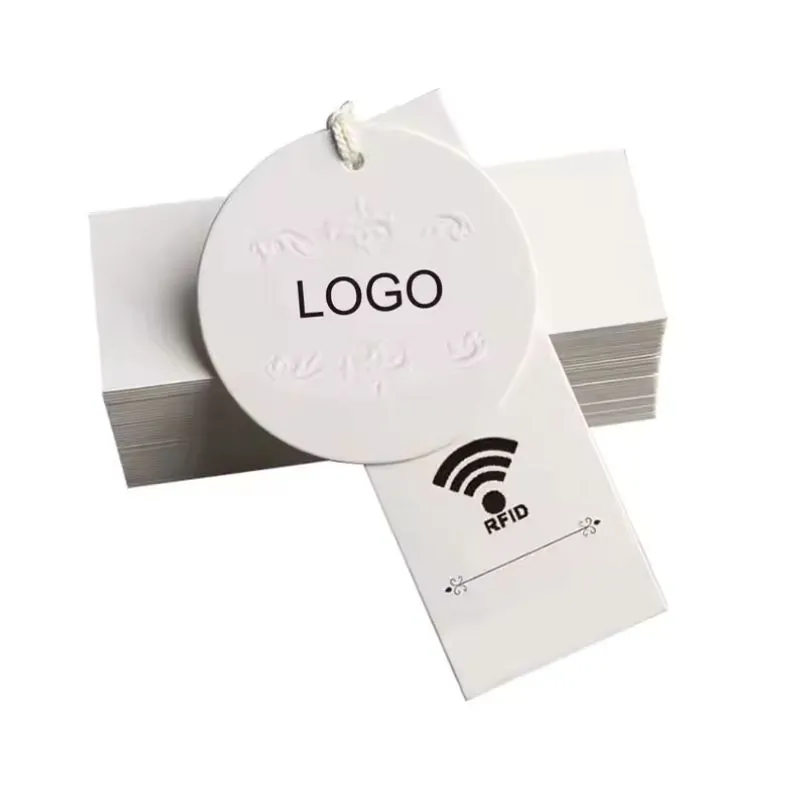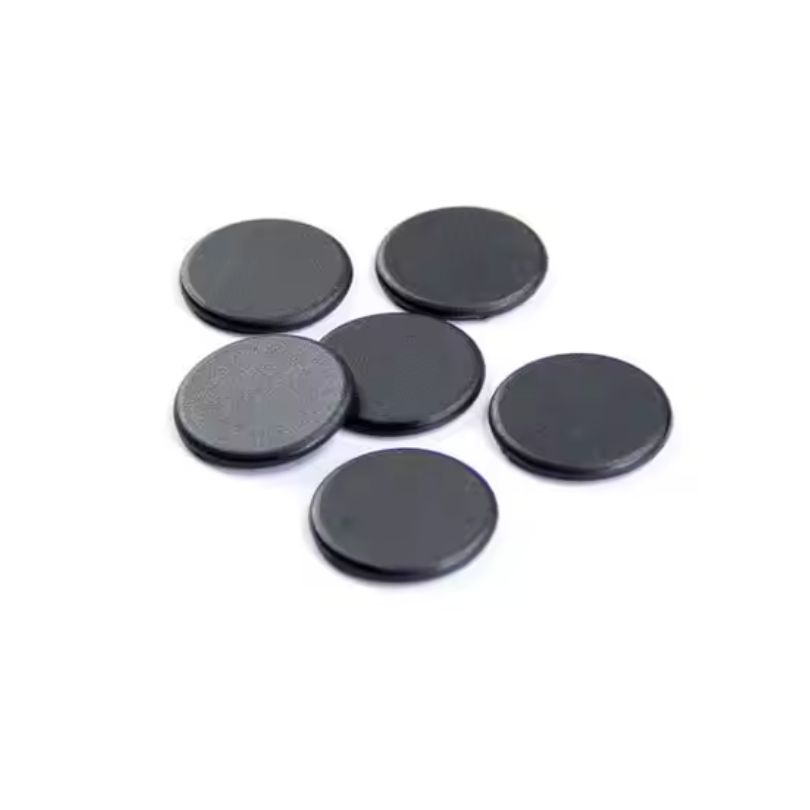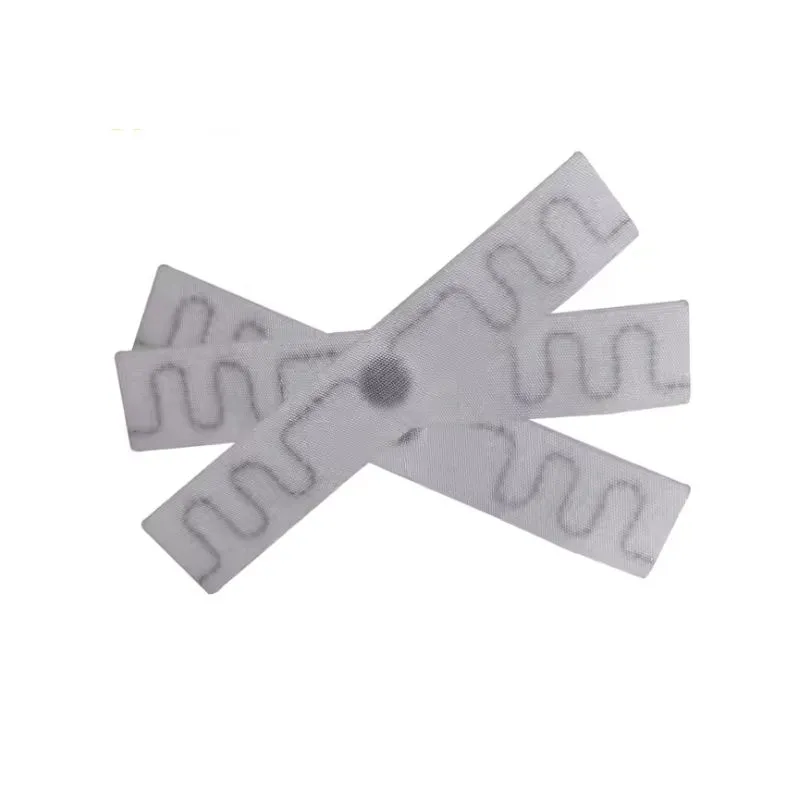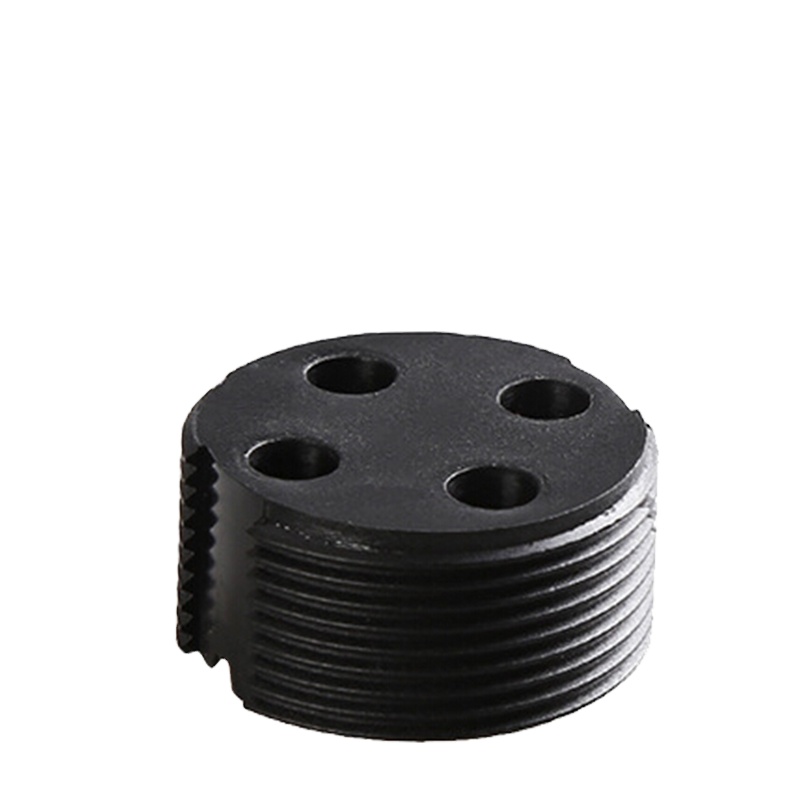
How to Use RFID Laundry Tags: The Complete Guide to Installation, Applications, and Benefits
- Zhou, Ray
- 01/04/2025
Table of Contents
Introduction
These small yet powerful tags help track every item’s location, usage history, and cleaning cycle without manual effort. Built to survive over 200 industrial wash and dry cycles, RFID laundry tags are waterproof, heat-resistant, and chemical-resistant. They are ideal for managing large volumes of textiles, preventing theft, and ensuring operational efficiency.
In this article, we’ll cover:
- How to install RFID laundry tags (with four different methods).
- The key industries using RFID laundry tags and the measurable benefits.
- How to read RFID laundry tags with fixed and mobile systems.
- Practical tips for maximizing ROI from RFID laundry tracking.

How to Attach RFID Laundry Tags
Correct installation is vital for performance and durability. Depending on the fabric type, item value, and operational needs, you can choose from several proven installation methods.
1. Heat Seal Method
For garments where sewing isn’t practical, heat seal installation offers a quick, tamper-resistant solution.
- Process: Use a heat press to bond a heat-sealable RFID laundry tag to the fabric.
- Advantages: Strong adhesion, waterproof bond, and no needle damage to fabric.
- Best for: Towels, workwear, and high-volume laundry items.
- Pro Tip: Choose heat-seal tags with tested adhesives for industrial washing.
Watch our video on the heat seal process:
2. Sewn Installation Method
This is the most common and reliable way to attach textile RFID laundry tags.
- Process: Sew the tag into the hem, seam, or label area of the garment.
- Materials: Textile tags made from high-quality polyester or PPS button-style tags.
- Advantages: Discreet integration and secure attachment that withstands frequent washing.
- Note: Avoid stitching through the antenna or chip to prevent damage.
Example: Hotels sewing tags into pillowcases and duvet covers for invisible tracking.
3. Pocket Method
When you can’t sew directly into the tag, the pocket method is a smart choice.
- Process: Place the RFID tag inside a small protective fabric pouch, then sew that pouch into the garment’s interior.
- Advantages: Protects the tag from abrasion and hides it from view.
- Best for: Multi-layer uniforms, delicate fabrics, or items where branding is important.
📌 Example: Hospitals hiding PPS RFID tags inside the lining of patient gowns.
4. Hanging Method
Ideal for temporary tagging or items not suitable for heat or sewing.
- Process: Attach the tag using a loop, cord, or grommet hole.
- Advantages: Easy removal, flexible use for rental garments.
- Best for: Theatrical costumes, special event linens, or rotating inventory.
Key Applications of RFID Laundry Tags
RFID laundry tags are versatile and can be applied to a variety of sectors.
1. Hospitality
- Track linens, towels, and uniforms.
- Prevent theft by identifying items leaving the premises.
- Automate laundry counting to reduce labor costs.
2. Healthcare
- Maintain hygienic standards for hospital gowns, surgical drapes, and bed sheets.
- Ensure compliance with cleaning protocols.
- Reduce losses in high-turnover linen stock.
3. Rental & Event Clothing
- Monitor the lifecycle of high-value rental garments.
- Reduce losses from non-returned items.
- Track dry cleaning and maintenance cycles.
4. Uniform Management
- Assign uniforms to employees for accountability.
- Monitor wear-and-tear for timely replacements.
- Improve distribution efficiency.
5. Access Control & Security
- Use tagged uniforms as an access control mechanism.
- Combine garment tracking with entry logging.
How to Choose the Right RFID Laundry Tag
Reading data from RFID laundry tags is straightforward, and the right reader setup depends on your workflow.
1. Fixed RFID Readers
- Installed at laundry entrances, exits, or sorting areas.
- Automatically detects garments in bulk without manual scanning.
- Ideal for high-volume laundry facilities.
2. Mobile Handheld RFID Readers
- Handheld devices for scanning garments individually or in small batches.
- Perfect for hotels, hospitals, and on-site inspections.
- Can quickly locate misplaced garments.
📌 Example: A hospital’s laundry room uses fixed readers for bulk check-in, while mobile readers help locate missing surgical gowns.
How to Choose the Right RFID Laundry Tag
- Identify Your Application – Hotel, hospital, uniform rental, or industrial laundry.
- Consider Tag Material – Textile, PPS button, silicone, etc., based on wash conditions.
- Select the Mounting Method – Sewn, heat-sealed, bagged inside a pocket, or hanging.
- Check Chip & Memory Type – EPC Gen2, ISO 18000-6C, or specific chip models.
- Assess Durability – Number of wash cycles, temperature resistance, and chemical resistance.
- Size & Shape – Match the tag size to garment type without affecting comfort.
- Read Range Requirements – Consider how far your RFID reader needs to detect the tag.
- Cost vs. Lifetime Value – Balance initial cost with expected lifespan.
Benefits of Using RFID Laundry Tags
Durable Construction: Our RFID laundry tags are made from robust PPS, silicone, and textile materials, designed to endure over 200 industrial wash cycles. They can withstand high temperatures, harsh detergents, and repeated mechanical stress without losing performance.
Customizable: We offer full customization, including logo printing, chip encoding, and different size options to match your brand and operational needs. This ensures your tags are both functional and aligned with your company’s identity.
Frequency Options: Choose from UHF, HF, or NFC frequencies to ensure compatibility with your existing RFID system. This flexibility allows you to optimize read range, speed, and data capacity for your specific application.
Global Compliance: Our tags are manufactured to meet strict ISO/IEC RFID standards, ensuring reliability and interoperability across different systems worldwide. This makes them a trusted choice for clients operating in multiple regions.
Fast Delivery: With a strong logistics network, we ship RFID laundry tags to over 100 countries quickly and efficiently. You can rely on our delivery timelines to keep your operations running smoothly without delays.
Frequently Asked Questions About RFID Laundry Tags
How do RFID tags work in a laundry system?
Scanners read tags at key points in the workflow—like wash stations or delivery zones—and instantly update your inventory system.
Can RFID tags really survive 200 washes?
Yes. Industrial-grade RFID tags like PPS and silicone models are tested for high-temperature and high-pressure cycles.
Do RFID laundry tags affect the comfort of garments?
Not really. Most RFID tags, especially polyester and silicone types, are soft, lightweight, and sewn into seams where they don’t interfere with comfort.
What happens if a tag is damaged or stops working?
The software will flag the item as unreadable. You can replace the tag and reassign it to the item in your system. Regular inspections help catch this early.
Are RFID laundry tags safe in hospital or medical environments?
Yes. Many RFID tags are sterilization-ready and built to withstand the high temperatures and chemicals used in medical laundry processes.
Can RFID tags be reused if linens are replaced?
In most cases, no. The tags are sewn or sealed into the fabric and are meant to stay with the item for its lifespan. Depending on the application, some tags may be recoverable.
Final Thoughts on RFID Laundry Tags
RFID tags aren’t just a tech upgrade—they’re a shift in how you manage laundry. With better tracking, faster inventory handling, and data to back decisions, you’re not just saving time—you’re improving service quality.
Whether you run a small laundry shop or manage textiles in a hospital, RFID gives you more control, more insights, and less hassle.
Start with a few tags, test them in your current setup, and grow from there. The technology’s here, ready to help you work smarter.
Request a Quote or Free Sample
If you’re ready to take control of your laundry operations, now’s the time.
📩 Contact us for a free sample or quote
📱 Or WhatsApp us: +86 138 2318 6864

Ray Zhou
This article was written by Ray Zhou, an RFID technology expert with more than 10 years of industry experience.
Comments
Hot Products
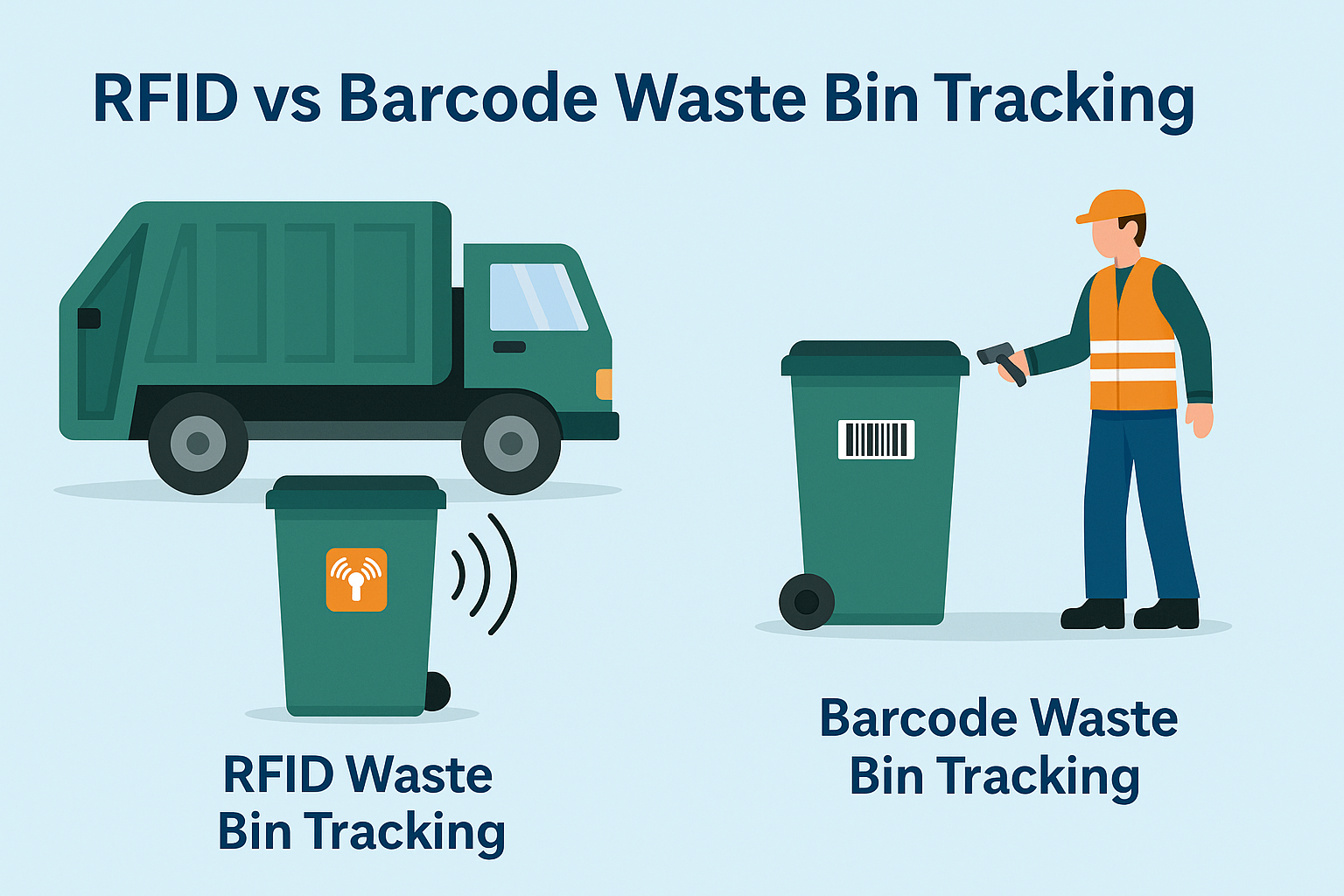
What Is RFID Waste Management
Imagine a city where every trash bin speaks — not literally — but through a tiny chip that tells the system when it’s full, when it’s emptied, and where it went. That’s what RFID waste management is doing today.
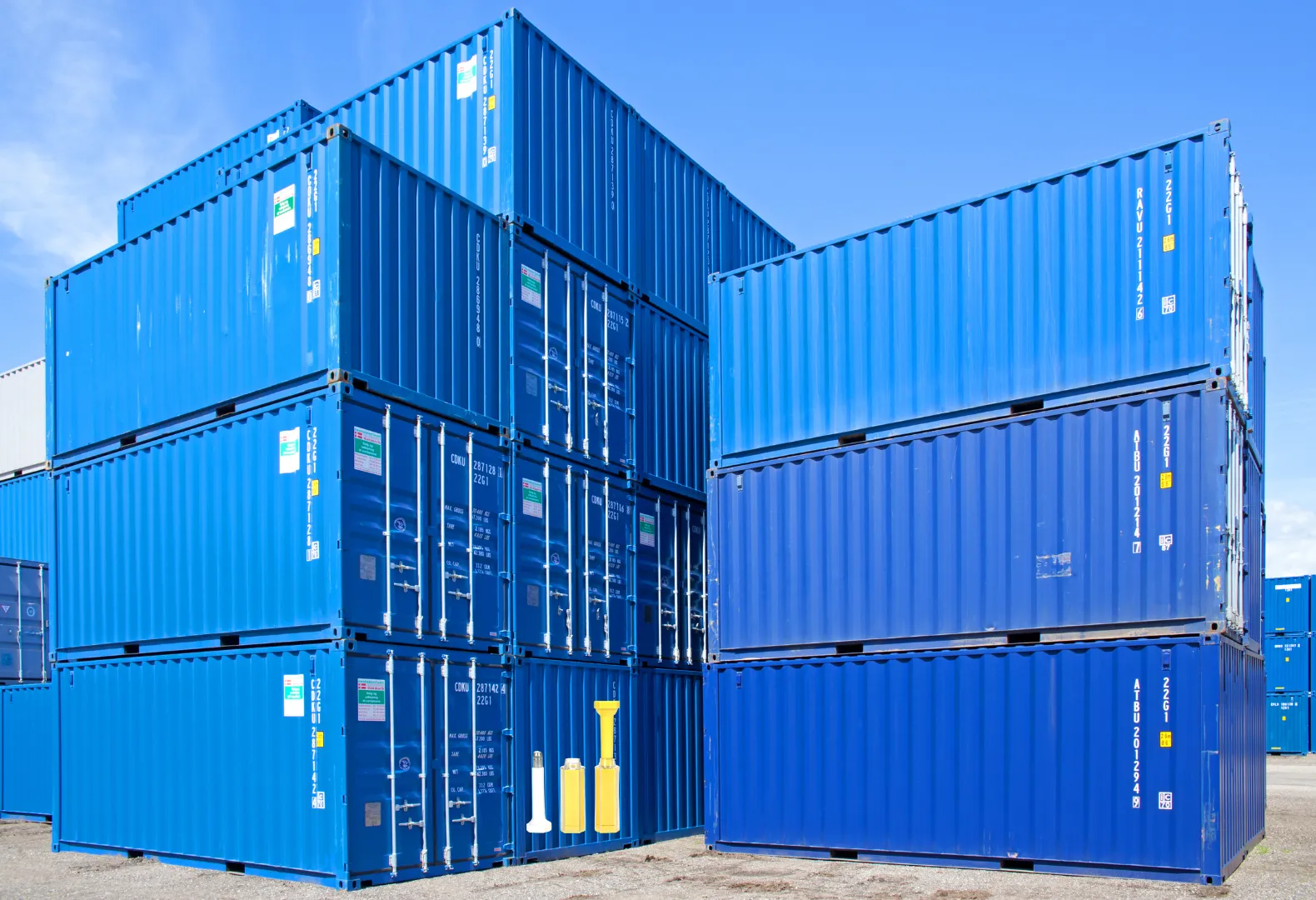
What are Bolt Seals and their Applications? | Complete Guide
In global trade and logistics, bolt seals play a crucial role in ensuring cargo security and compliance. These small but powerful devices are designed to lock shipping containers, trailers, and cargo doors with a tamper-evident mechanism.
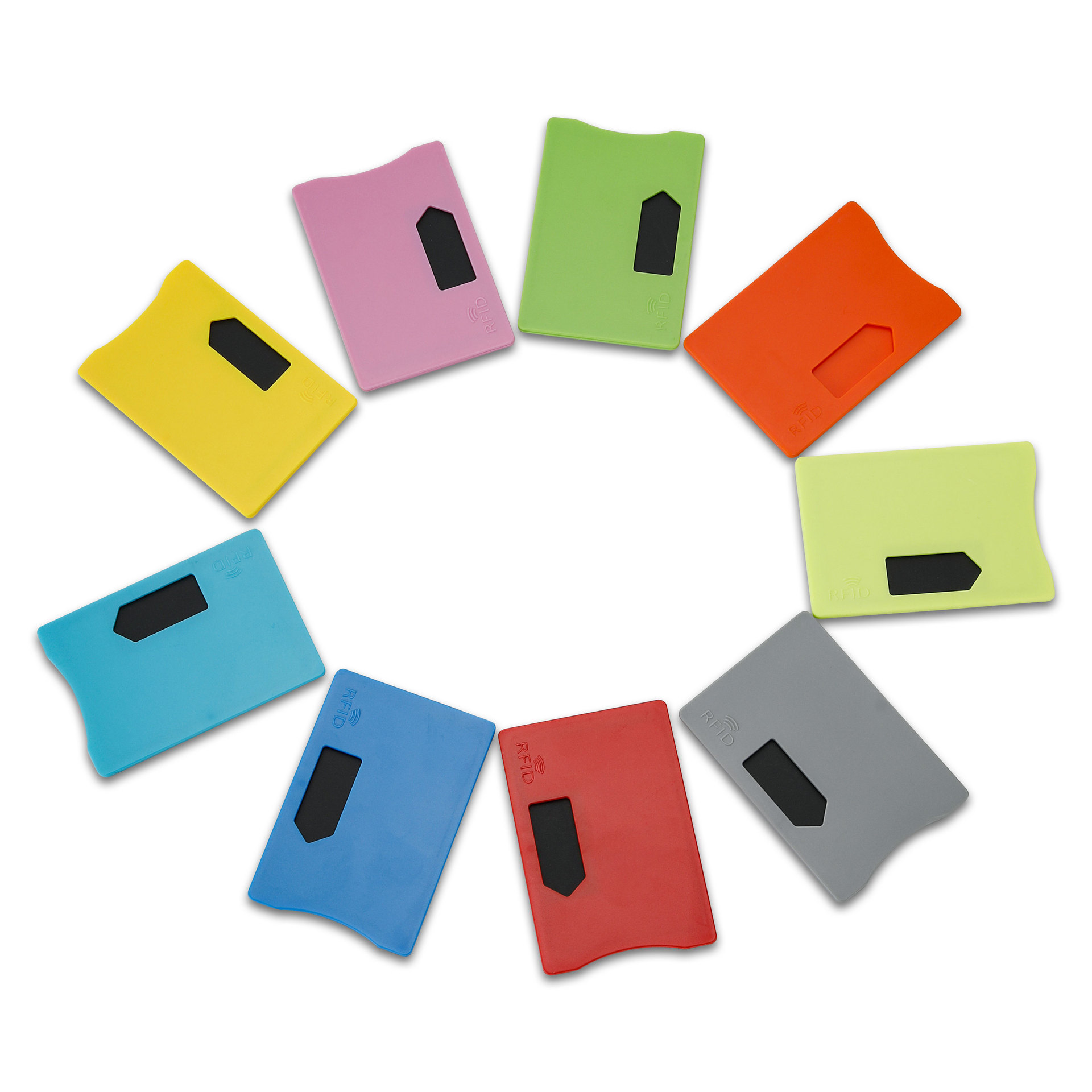
What is an RFID Card Protector? Benefits, Use Cases, and Buying Guide
RFID technology (Radio Frequency Identification) is everywhere: in your credit cards, ID badges, transit passes, hotel room keys, and more. It offers speed and convenience, but it also opens the door to a new kind of digital theft called “skimming.” That’s where an RFID card protector comes in.

RFID Wristbands for Events: Bulk Buying Guide for Organizers
RFID wristbands for events are becoming the go-to solution for organizers who need faster entry, fraud prevention, and cashless payments at concerts, festivals, and sports venues. Unlike paper tickets or QR codes, these smart wristbands use embedded chips to streamline access, secure transactions, and improve the guest experience.
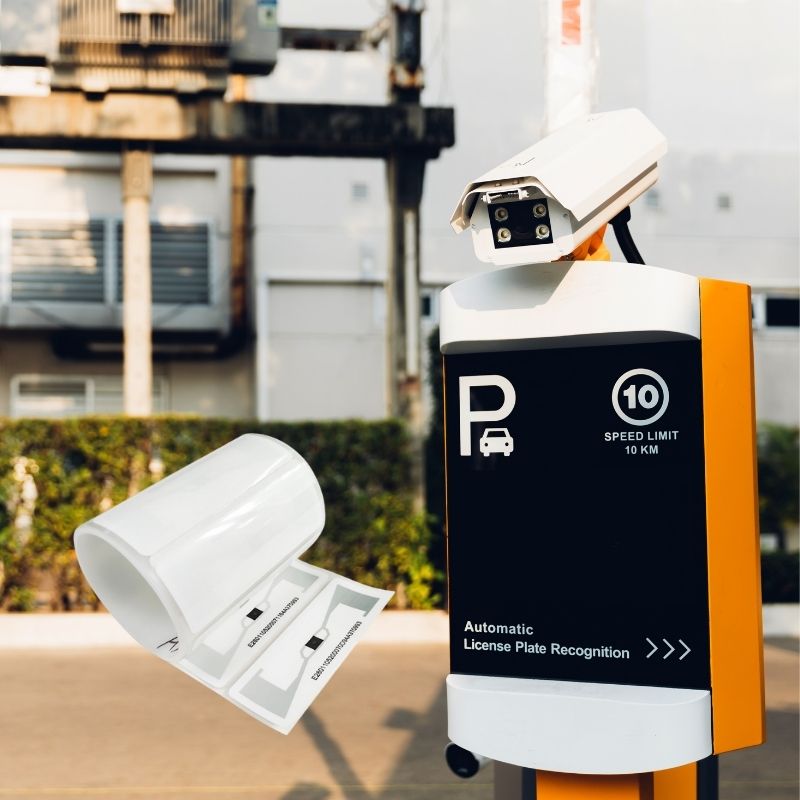
How RFID Tag on Windscreen Improves Vehicle Access Control and Toll Systems
In today’s fast-paced world, vehicle identification needs to be quick, secure, and contactless. An RFID Tag on the Windscreen provides exactly that — a reliable way to manage toll collection, parking, and gated access without stopping vehicles.
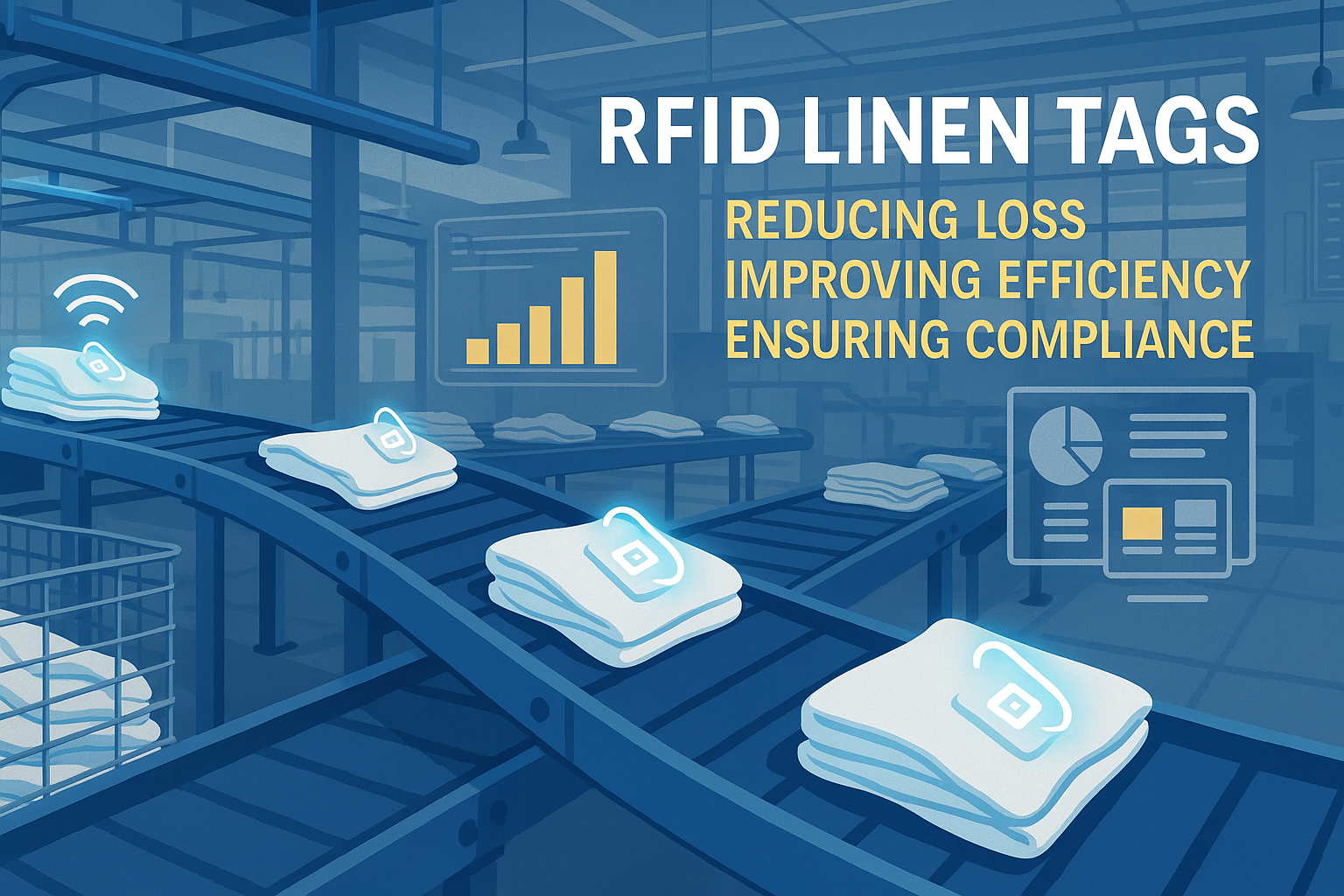
The Benefits of RFID Linen Tags in Commercial Laundry
Managing laundry in hospitals, hotels, or large laundry services is a big job. Each day, thousands of sheets, towels, and uniforms are washed, sorted, and sent back out. But problems like lost linens, sorting mistakes, and manual counting can cost companies a lot of money. For example, mid-sized hotels can lose over $200,000 each year from missing linens.
That’s where RFID Linen Tags come in.

